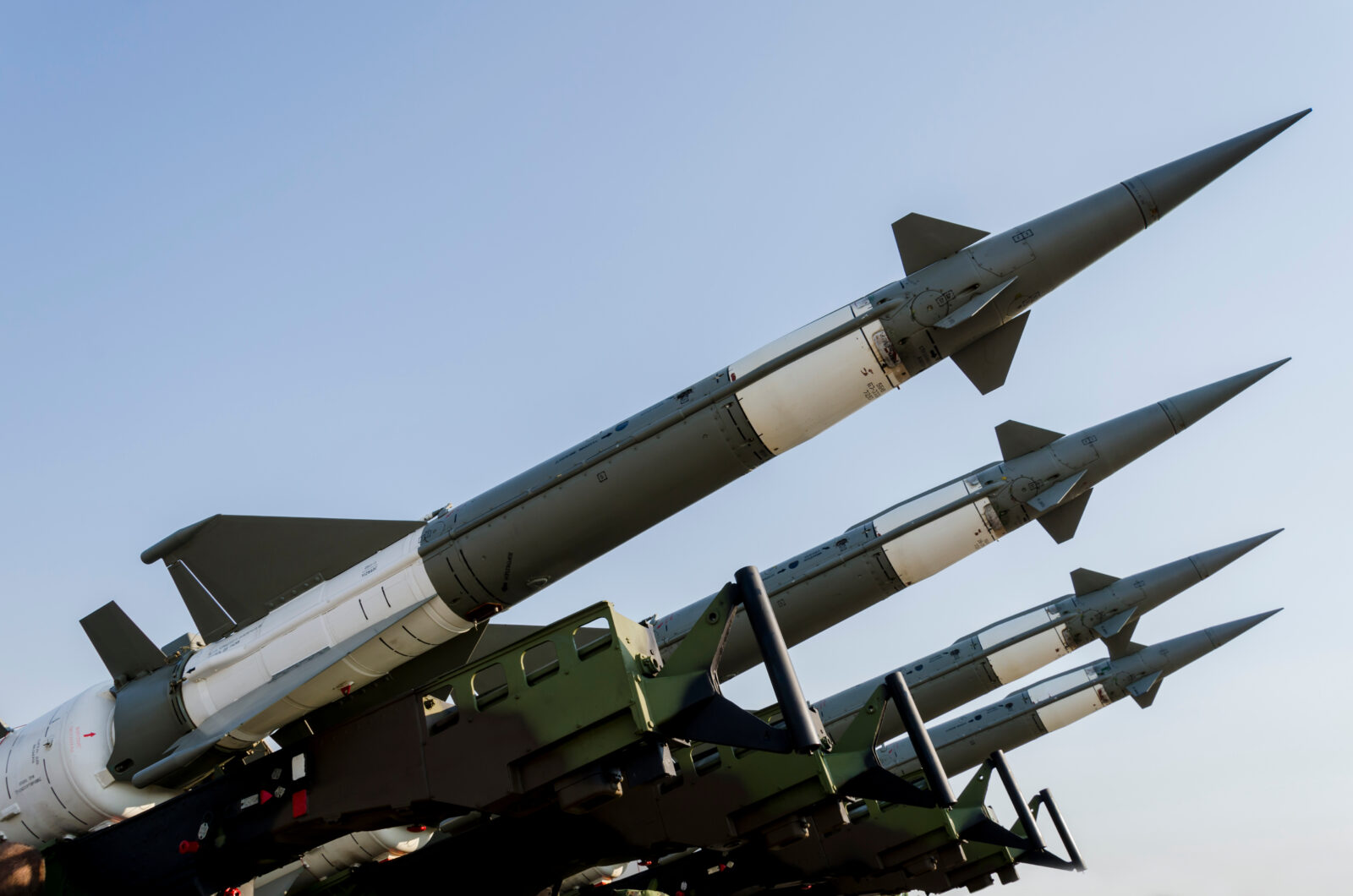Time to Neutralize North Korea’s Missile Threat
Originally published at The Washington TimesRecently Rep. Mike Rogers, the Chairman of the House Armed Services Committee (HASC), issued an urgent call to upgrade America’s defenses against missile attack. His statement came in response to yet more North Korean Intercontinental Ballistic Missiles (ICBM) tests, including several involving long-range missiles capable of reaching virtually any American city with nuclear warheads.
In his press release, Chairman Rogers, a stalwart proponent of missile defense, emphasized the need to enhance current ground-based missile defenses by accelerating the development of a next generation (anti-missile) interceptor (NGI). He also urged continued research exploring the viability of a comprehensive space-based defensive system.
Such an all-of-the-above approach to missile defense is urgently needed. But there is another specific system for defending against missile attack that Rep. Rodgers and key congressional proponents of missile defense should immediately consider.
Missile defense experts have long advocated a multi-layered approach to missile defense because of the difficulty of destroying an ICBM in flight. Yet, currently the United States relies on only one layer of homeland missile defense, a ground-based system of anti-missile interceptors based in Alaska and California. Because the United States has a limited number of these interceptors, our present defensive system is vulnerable to a large volley of enemy ICBMs. Moreover, tests of these interceptors against dummy ICBMs have shown them effective in shooting down only about 50% of their targets. Meanwhile, space-based systems using directed energy (i.e., lasers) remain over a decade away from technical viability, as even many proponents acknowledge.
Fortunately, another layer of missile defense can be quickly and inexpensively added to the U.S. arsenal—indeed, one specifically designed to neutralize the threat of Kim Jung Un’s ICBMs. The system concept, known as “Remotely Piloted Aircraft, Boost Phase Intercept” (or RPA BPI), was designed by Dr. Leonard Caveny, former Director of Science and Technology at the Ballistic Missile Defense Organization (now called The Missile Defense Agency).
Here’s how it would work: The RPA BPI system would use drones as a high-altitude platform for hosting anti-missile interceptors. These remotely piloted aerial vehicles (RPAs) would patrol for 20-30 hours each at 40,000-45,000 feet above sea level in international airspace at a safe stand-off distance over the East Sea. Existing detection and data fusion technology would allow system operators on the ground to identify rising North Korean missiles in their hottest, slowest and easiest-to-detect “boost phase”—the time between launch and a missile reaching the upper atmosphere. Once operators on the ground identify a rising missile on a dangerous course, newly available, extremely high-speed (4km/sec) missile interceptors with sophisticated guidance systems would then destroy the hot, slow-rising ICBM by kinetic impact soon after launch—ensuring that any debris would fall onto or near North Korean territory.
y contrast, missiles during their mid-course and terminal phases are much more difficult to intercept because they are smaller, moving-faster and capable of taking evasive counter measures. Yet, ground-based missile defense systems can intercept ICBMs only during these later phases of flight. Thus, adding another layer of defense capable of boost phase interception makes obvious sense.
The RPA BPI system is technologically viable, affordable (costing roughly $100-$150 million, not multiple billions) and could be built and tested within 24 months on an expedited “rapid fielding” basis. Drones for hosting these missiles are already used for persistent Intelligence, Surveillance and Reconnaissance (ISR) all over the world. By using available propulsion and guidance technology and lighter weight materials to fashion much faster anti-missile interceptors, and by attaching them to available drones, engineers can convert an intelligence gathering system into a missile defense platform—using existing technologies.
In the future, the drone-based missile defense concept could be adapted to protect carrier groups in the Pacific against anti-ship missiles and to provide a coastal shield against submarine or cargo-ship launched missiles.
But can our deeply divided government mobilize itself quickly to field this game-changing technology?
There are reasons to hope so. Both parties now include prominent proponents of missile defense, including, not just Mike Rogers from conservative Alabama, but also Adam Smith, the ranking Democratic member of the House Armed Services Committee, from liberal Washington state.
Further, Congress has already called on the Department of Defense to develop a boost phase intercept system specifically capable of neutralizing missile threats from regional powers such as North Korea. In the National Defense Authorization Act of 2018, Congress authorized “the Director of the Missile Defense Agency” to develop a “ballistic missile intercept layer…that is (1) regionally focused; (2) capable of providing boost-phase defense; and (3) [able to achieve] operational capability at the earliest practicable date.”
Unfortunately, the RPA BPI system has not yet been built despite a significant push for it from key congressional leaders in 2018. Since there is now an even more pressing need to deploy the system, perhaps Congress can come together across the aisle to shepherd this project through to completion. Doing so will protect American cities—in both red and blue states—from an increasingly existential threat.
